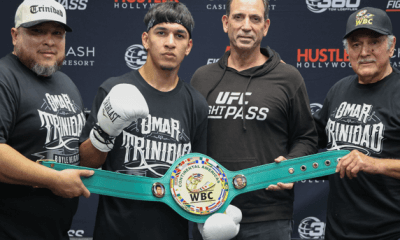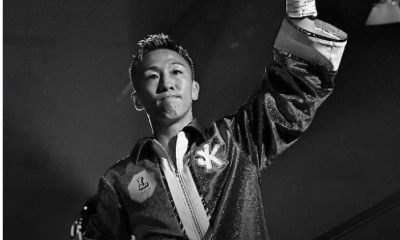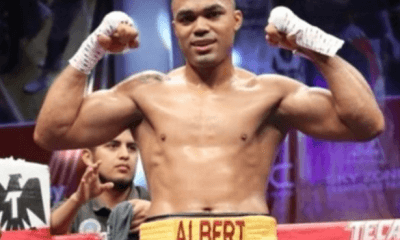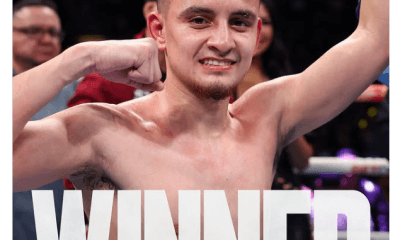Featured Articles
Eddy Reynoso is the 2021 TSS Trainer of the Year
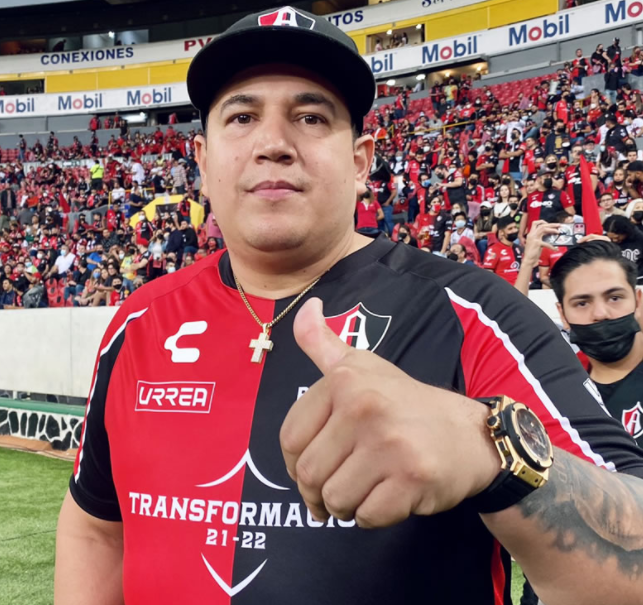
For the third consecutive year, TSS recognizes Eddy Reynoso of Mexico as the most successful trainer in the world of prizefighting. He is our Trainer of the Year.
It’s no secret that the guiding force behind mega star Saul “Canelo” Alvarez has now expanded his boxing entourage to include others such as former heavyweight world champion Andy Ruiz, rising star Ryan Garcia and current world titlist Julio Cesar Martinez.
This year he unraveled a re-sculptured gem in Oscar Valdez who shocked the world in defeating WBC super featherweight titlist Miguel Berchelt in a battle between fellow Mexican warriors. As expected, the clash ended in a knockout, but unexpectedly for many, it was Valdez who emerged the victor.
Once again Reynoso had performed his magic.
Though Berchelt was the bigger, stronger, faster champion who had successfully defended his super featherweight title six times after dethroning Francisco Vargas in 2017 in a bloody war, Valdez and his trainer Reynoso devised a plan to unravel the forceful style of Berchelt.
After hours of watching video of the fighter from the Yucatan, and studying his habits and tendencies, the Valdez team were confident in victory and resolute that the outcome would be in their favor last February in Las Vegas, Nevada.
It was one of Reynoso’s proudest moments watching his charge out-box, out-maneuver and then knock out the proud champion with a single left hook in the 10th round. The boxing world was shocked at the brutal ending. Many had predicted Valdez would be the one stretched out on the floor, not Berchelt.
There were other great moments for Reynoso.
Canelo proved to the world yet again that he is the best fighter in the world pound for pound.
Mexico’s Canelo has risen from being a one-dimensional fighter reliant on his God-given strength to evolve into a multi-dimensional offensive and defensive force despite a lack of height and length of arms. This year alone Canelo vaporized Avni Yildirim in three rounds, two-division champion Billy Joe Saunders in eight, and super middleweight champion Caleb Plant in 11. Both Saunders and Plant were undefeated when they met their demise against the redhead from Guadalajara.
It was in Guadalajara that Canelo and other world champions were honed to become successors to Reynoso’s earlier champions Oscar Larios and the late Javier Jauregui. A system of training and perfecting punches was developed by both Eddy and his father Jose Reynoso who admit to picking up aspects of other Mexican trainers like Jorge Rivero and Nacho Beristain. Their system of perfecting the delivery of punches can be seen in Canelo’s arsenal. The repetition of certain blows is polished to perfection like the artful slashing of a samurai’s katana.
When Ryan Garcia delivered the left hook to the body of Luke Campbell a year ago, the precision of the blow was tantamount to pulling a power cord. Instant paralysis.
All of Reynoso’s fighters seem to be more cognizant of spacing, angles and defense. Offensively they are all aware that to win a fight they must score, but they are also equally aware that defense can win a fight just as easily if used correctly.
Defense helped Valdez and Garcia win by allowing them to maneuver into counter-punching range.
Last year Reynoso was finally recognized for his ability to transform Canelo into a fully-functioning prizefighter in the mold of a Floyd Mayweather who had brushed aside their attempts to dethrone him back in 2013. Instead of ignoring the reasons why they lost, Reynoso investigated and discovered another whole realm of prizefighting they could use too.
Accepting defeat and learning how to adapt have become Reynoso’s source of wisdom that he imparts on his fighters to overcome obstacles of height, strength and speed in others. It’s how Canelo, Valdez and others have circumvented their shortcomings and emerged victorious.
Other fighters have advantages in speed, power, size and pure athleticism, but Reynoso’s fighters have been able to find chinks in their opponents’ armor.
Reynoso has become the new wizard of Mexico and other fighters are seeking his guidance.
For the third consecutive year Eddy Reynoso has been chosen Trainer of the Year.
Congratulations.
Honorable Mentions
Javiel Centeno
Ben Davison
SugarHill Steward
Check out more boxing news on video at the Boxing Channel
To comment on this story in the Fight Forum CLICK HERE
-

 Featured Articles3 weeks ago
Featured Articles3 weeks agoThe Hauser Report: Zayas-Garcia, Pacquiao, Usyk, and the NYSAC
-

 Featured Articles2 weeks ago
Featured Articles2 weeks agoOscar Duarte and Regis Prograis Prevail on an Action-Packed Fight Card in Chicago
-

 Featured Articles1 week ago
Featured Articles1 week agoThe Hauser Report: Cinematic and Literary Notes
-

 Book Review4 days ago
Book Review4 days agoMark Kriegel’s New Book About Mike Tyson is a Must-Read
-
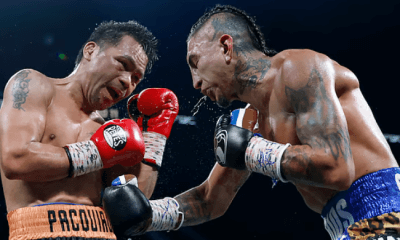
 Featured Articles4 weeks ago
Featured Articles4 weeks agoManny Pacquiao and Mario Barrios Fight to a Draw; Fundora stops Tim Tszyu
-
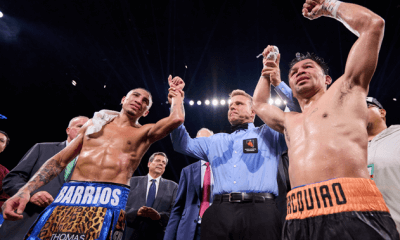
 Featured Articles4 weeks ago
Featured Articles4 weeks agoArne’s Almanac: Pacquiao-Barrios Redux
-

 Featured Articles3 weeks ago
Featured Articles3 weeks agoRemembering Dwight Muhammad Qawi (1953-2025) and his Triumphant Return to Prison
-
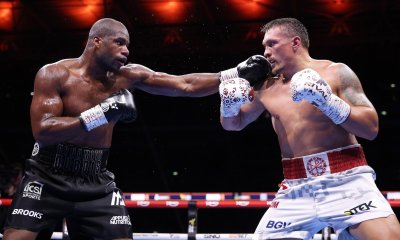
 Featured Articles4 weeks ago
Featured Articles4 weeks agoOleksandr Usyk Continues to Amaze; KOs Daniel Dubois in 5 One-Sided Rounds


